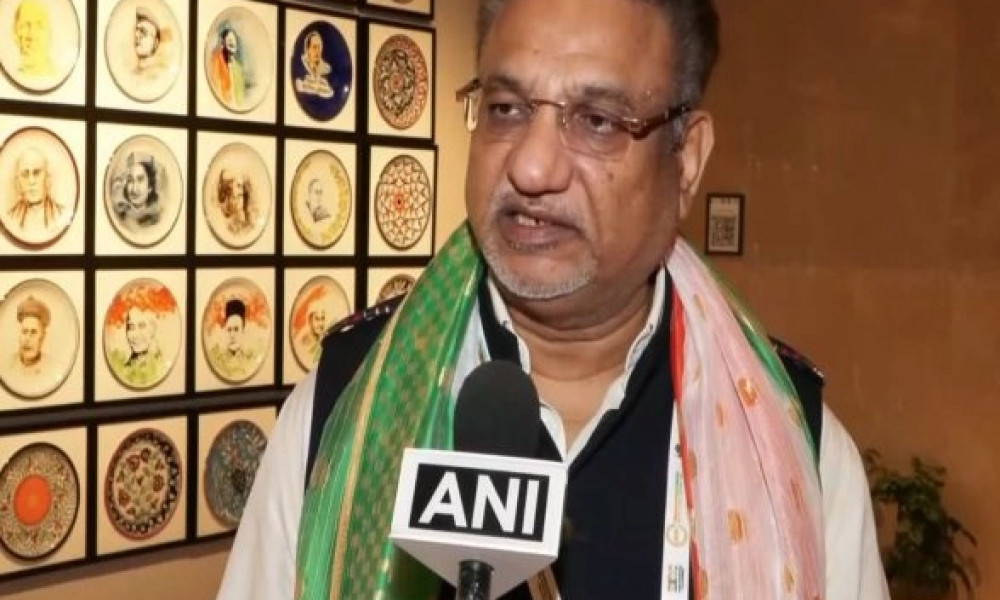India is setting its sights on a major expansion in the global rice trade. The Indian Rice Exporters Federation has announced an ambitious goal to increase its market share significantly. This move aims to solidify India’s position as the world’s top rice exporter and producer.
Currently, India holds a 40 percent share of global rice exports. The new target is to reach 60 percent. This growth would bring substantial benefits to Indian farmers and the agricultural sector.
Prem Garg, National President of IREF, revealed these plans at the Bharat International Rice Conference. He emphasized India’s current leadership in both production and exports. The country has recently surpassed China in rice production.
The Bharat International Rice Conference is driving this export push. This landmark event has drawn participants from across India and around the world. It represents a unified effort to boost India’s rice industry.
Farmers from 21 states have gathered for this important conference. Approximately 55 diplomats have also attended the proceedings. The event has attracted thousands of exporters and startups from throughout India.
The response to the conference has been overwhelmingly positive. Organizers report that participation has exceeded all expectations. This demonstrates strong industry support for expanding India’s rice export capabilities.
Prem Garg described this as a groundbreaking initiative. He noted that this is the first global effort of its kind by the Indian Rice Exporters Federation. The conference features live rice processing plants and extensive networking opportunities.
Regarding international trade dynamics, Garg addressed recent US tariff developments. He expressed confidence that these measures would have minimal impact on India’s rice export growth. The US market represents only a small portion of India’s export potential.
India has successfully opened new markets totaling two million tonnes this year. This expansion far exceeds the volume of US imports. The country’s rice export strategy focuses on diversifying its international customer base.
The industry has specific requests for government support. IREF leaders are calling for a ban on pesticides to improve product quality. They also seek assistance with port infrastructure and logistics management.
Beyond these specific needs, the rice industry maintains its self-sufficiency. Industry representatives emphasize their capability to handle most aspects of production and distribution. They require only targeted support to achieve their export goals.
The two-day Bharat International Rice Conference has brought together delegates from over 80 nations. Participants include top global rice importers, exporters, and policymakers. This international gathering underscores the global significance of India’s rice industry.
India’s rice export expansion represents a major economic opportunity. Increased market share would generate significant revenue for the country. Farmers would see direct benefits from this growth in international trade.
The conference has created unprecedented networking opportunities. Industry stakeholders from around the world are collaborating on future strategies. This cooperation will help drive India’s rice export ambitions forward.
With current momentum and industry commitment, India appears well-positioned to achieve its export targets. The country’s rice industry continues to demonstrate innovation and global competitiveness. This export growth will reinforce India’s leadership in the global agricultural sector.

